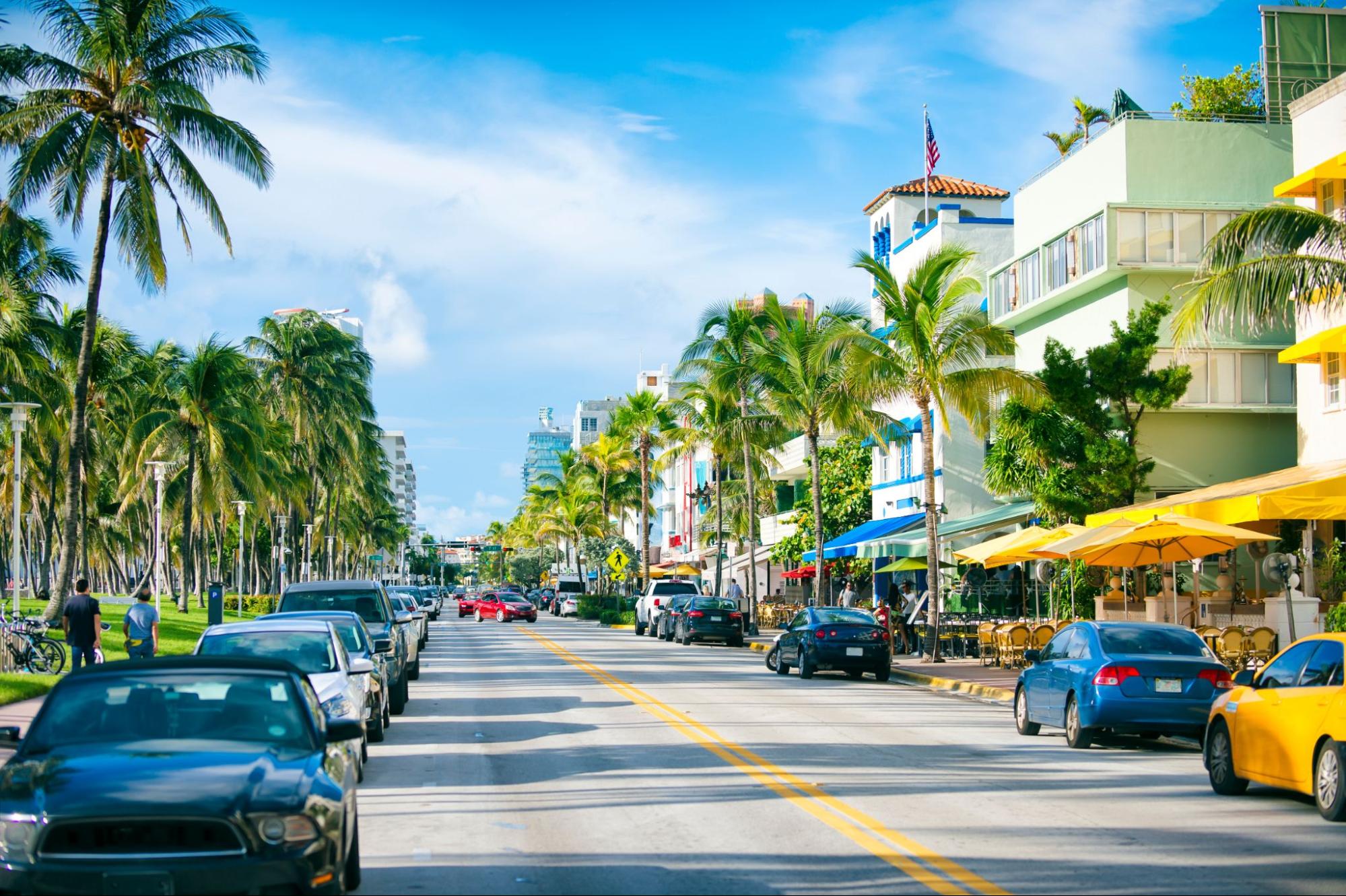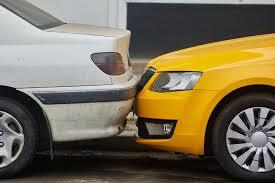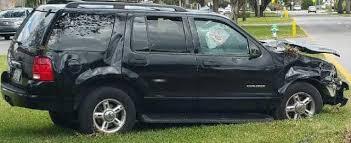Yes, Florida ranks as one of the most dangerous states for pedestrians, currently 4th in fatality rate nationwide. Poor road design, speeding, and underfunded infrastructure put walkers at greater risk, especially in cities like Orlando, Tampa, and Jacksonville.
Behind Florida’s inviting climate and vacation branding lies an unsettling fact: for pedestrians, it’s one of the riskiest places to be in the United States. Whether you’re walking to school, crossing near a shopping center, or just strolling your neighborhood, the odds of a serious accident are alarmingly high.
Where Does Florida Rank for Pedestrian Fatalities in 2024?
Florida is currently 4th in the nation for pedestrian deaths per capita, with a staggering 3.47 fatalities per 100,000 residents, based on the latest data from the National Highway Traffic Safety Administration.
In 2023 alone:
- 778 pedestrians were killed
- 8,132 pedestrians were injured
These numbers are not an anomaly, they reflect a rising pattern. According to Smart Growth America’s Dangerous by Design report, Florida continues to be one of the most dangerous states for walkers. Their analysis also places nine Florida metros on the national list of top 20 pedestrian danger zones.
Why haven’t things improved?
Despite the state’s commitment to Vision Zero, a traffic safety initiative aiming to eliminate roadway deaths, implementation has been slow and inconsistent.
The reality? Too many Florida roads still favor speed over safety, leaving pedestrians with little protection.
Why Are Florida’s Roads So Dangerous for Pedestrians?
Designed for Cars, Not People
Florida’s rapid suburban expansion has prioritized wide, high-speed roadways that cut through residential and commercial areas without regard for pedestrian flow. Unlike walkable cities with compact street grids, many Florida neighborhoods are dominated by:
- Multi-lane roads with few crosswalks
- Long distances between intersections
- Poor signage or none at all, especially in tourist zones
This design doesn’t just inconvenience pedestrians, it puts them in direct conflict with fast-moving vehicles.
In high-traffic vacation areas like Orlando or Miami-Fort Lauderdale, the risk multiplies when unfamiliar drivers don’t see or expect pedestrians.
Driver Behavior Makes It Worse
Road design alone doesn’t cause fatalities. It’s the behavior that fills those roads.
Speeding, aggressive lane changes, and distracted driving, especially texting behind the wheel, are daily realities on Florida streets. And enforcement? Often weak.
While distracted driving laws exist, they are under-enforced. Drivers who fail to yield often face minimal consequences, further eroding pedestrian protections.
“I don’t even let my kids walk to school anymore, drivers just don’t stop.”
This sentiment is echoed in communities across the state, where fear and frustration have replaced what should be a basic freedom: the ability to walk safely in your own neighborhood.
Which Florida Cities Are the Most Dangerous for Pedestrians?
Florida doesn’t just rank high statewide, it dominates city-by-city rankings for pedestrian danger.
The following metros are among the top 10 deadliest in the nation:
- Orlando-Kissimmee-Sanford
- Tampa-St. Petersburg-Clearwater
- Jacksonville
- Cape Coral-Fort Myers
- Daytona Beach
Many of these areas suffer from a combination of sprawling roads, inconsistent infrastructure, and populations that rely heavily on driving, not walking. Unfortunately, that means crosswalks, signage, and street lighting often take a back seat in city planning.
These cities also face additional pressure from seasonal visitors, which adds to traffic unpredictability and pedestrian vulnerability.
Who’s Most at Risk, and Why?
Seniors, Tourists, and Low-Income Communities
Florida’s pedestrian crisis isn’t spread evenly, it targets the vulnerable. Older adults account for over 1 in 5 pedestrian deaths, with mobility limitations and slower reaction times making them especially susceptible when crossing wide, fast roads.
This isn’t just about health; it’s about a transportation system that doesn’t accommodate aging bodies.
Tourists, meanwhile, come to Florida’s walkable beachfronts and entertainment districts with no clue how perilous the roads can be. Many drive rental cars, navigate unfamiliar intersections, or assume traffic laws mirror their home states. That mix leads to confusion, and often collisions.
Then there are the overlooked: residents of lower-income neighborhoods, many of whom walk by necessity rather than choice. In these areas, sidewalks are cracked or missing, crosswalks are faded, and lighting is minimal. Yet city planning continues to funnel money into vehicle-focused infrastructure, not community safety.
“Can I sue the city for not having a sidewalk?”
Answer: Possibly. If a lack of infrastructure directly causes injury or death, a lawsuit may be viable, but only if you can prove negligence in planning or maintenance. Legal help is key in navigating this.
The Real Reasons Behind the Crisis
While headlines focus on raw numbers, the deeper issues often stay hidden. Ask someone who’s filed an insurance claim after a pedestrian crash in Florida, and you’ll hear a different story.
There’s widespread distrust in official reporting. Many families believe fatality numbers are undercounted or misclassified, especially when law enforcement is slow to respond or fails to file complete reports. Add that to bureaucratic roadblocks, like ignored requests for crosswalks or traffic signals, and you have communities screaming into a void.
Then there’s what happens after the crash. If you’re hit outside a designated crosswalk, even if the nearest one is 500 feet away, insurance providers often deny claims, claiming “contributory negligence.” In short, it’s your fault for not guessing where the safe place to cross should have been.
Layer on a “pedestrian-blame” culture, reinforced by local media and sometimes even police reports, and the system feels rigged against victims.
“Is it illegal to cross outside a crosswalk in Florida?”
Answer: Not necessarily. Florida law does allow crossing mid-block in some areas, but insurance adjusters often use it against claimants, so it can hurt your case.
What Is Florida Doing to Fix This?
Programs and Plans
Some progress is underway, but it’s patchy and slow.
Florida’s “Complete Streets” initiative, backed by the National Complete Streets Coalition and Smart Growth America, is designed to retrofit dangerous roadways so they’re safer for pedestrians, cyclists, and drivers alike. Cities like Orlando have launched pilot programs to install raised crosswalks, reduce speed limits, and add barriers between sidewalks and traffic lanes.
However, implementation is limited and heavily localized.
In cities like Cape Coral-Fort Myers and West Palm Beach, efforts are still in the early stages. Meanwhile, the state’s commitment to Vision Zero, a promise to eliminate all traffic deaths, remains more of a slogan than a reality.
Enforcement and Public Education Still Lacking
One of the clearest gaps is enforcement. Fines for speeding through pedestrian zones exist, but they’re rarely issued.
Drivers who fail to yield often get off with a warning, if anything. And when fatalities occur, accountability is murky, especially in hit-and-run cases or incidents involving SUVs, which pose increased risk due to height and impact force.
There’s also no sustained public campaign promoting traffic safety awareness for drivers, especially in tourist corridors where out-of-town motorists dominate the roads.
What’s left is a scattershot approach. Some cities push forward, others lag behind, and the burden continues to fall on pedestrians to stay safe in environments designed to fail them.
What Can You Do to Stay Safe, and Be Heard?
Safety Tips for Florida Pedestrians
Until meaningful reform arrives, pedestrian safety in Florida still rests largely in the hands of the people most at risk. If you walk, especially in high-traffic corridors or tourist-heavy zones like Orlando, Miami-Fort Lauderdale, or Tampa, these safety practices could save your life:
- Avoid walking at night without reflective gear. Most fatal pedestrian crashes occur after sunset when visibility is poor and lighting is insufficient.
- Always assume drivers don’t see you. Eye contact, when possible, helps, but even then, never count on vehicles to stop, especially in areas with faded crosswalks.
- Report unsafe intersections using your local city’s 311 app or the county transportation department. Many cities, including West Palm Beach, now have dashboards for tracking these reports.
How to Advocate for Safer Streets
You don’t need to work in urban planning to push for change. Many Florida neighborhoods have made progress by speaking up, filing complaints, and organizing locally.
- Join or start a pedestrian safety group, especially in neighborhoods near schools, senior housing, or busy intersections.
- Collect signatures for traffic audits. You can request a study of speeding, lighting, or signage issues from your local public works department.
- Push for Complete Streets implementation by showing up at city council meetings and asking why raised crosswalks and protected pedestrian zones aren’t already in place.
These efforts may seem small, but they stack up. City leaders respond to pressure, especially when backed by data, injury reports, and organized community voices.
Florida’s Pedestrian Problem Isn’t Inevitable, It’s Fixable
Florida doesn’t have to be one of the deadliest states for pedestrians. This crisis isn’t an accident, it’s a reflection of choices: how roads are designed, how laws are enforced, and how much (or how little) we value people who walk.
And while the numbers are bleak, 778 dead, over 8,000 injured last year alone, they don’t tell the full story. Behind each statistic is a family. A child who can’t walk to school. An aging parent who doesn’t feel safe visiting the corner store. A tourist who never made it home.
It’s time we stop normalizing this risk.
At Applebaum Accident Group, we’ve seen the aftermath firsthand. Our role isn’t just connecting people with lawyers, it’s making sure accident victims are taken seriously.
Take the First Step Toward Justice
Your story deserves to be heard. And we’re here to make sure it is.
Applebaum Accident Group connects you with trusted attorneys who understand what your case is worth, and how to make sure you don’t settle for less.
📞 855-225-5728 | Request Your Free Consultation Now





